Home>Gardening & Outdoor>Landscaping Ideas>How Many Types Of Grass Are There In The World
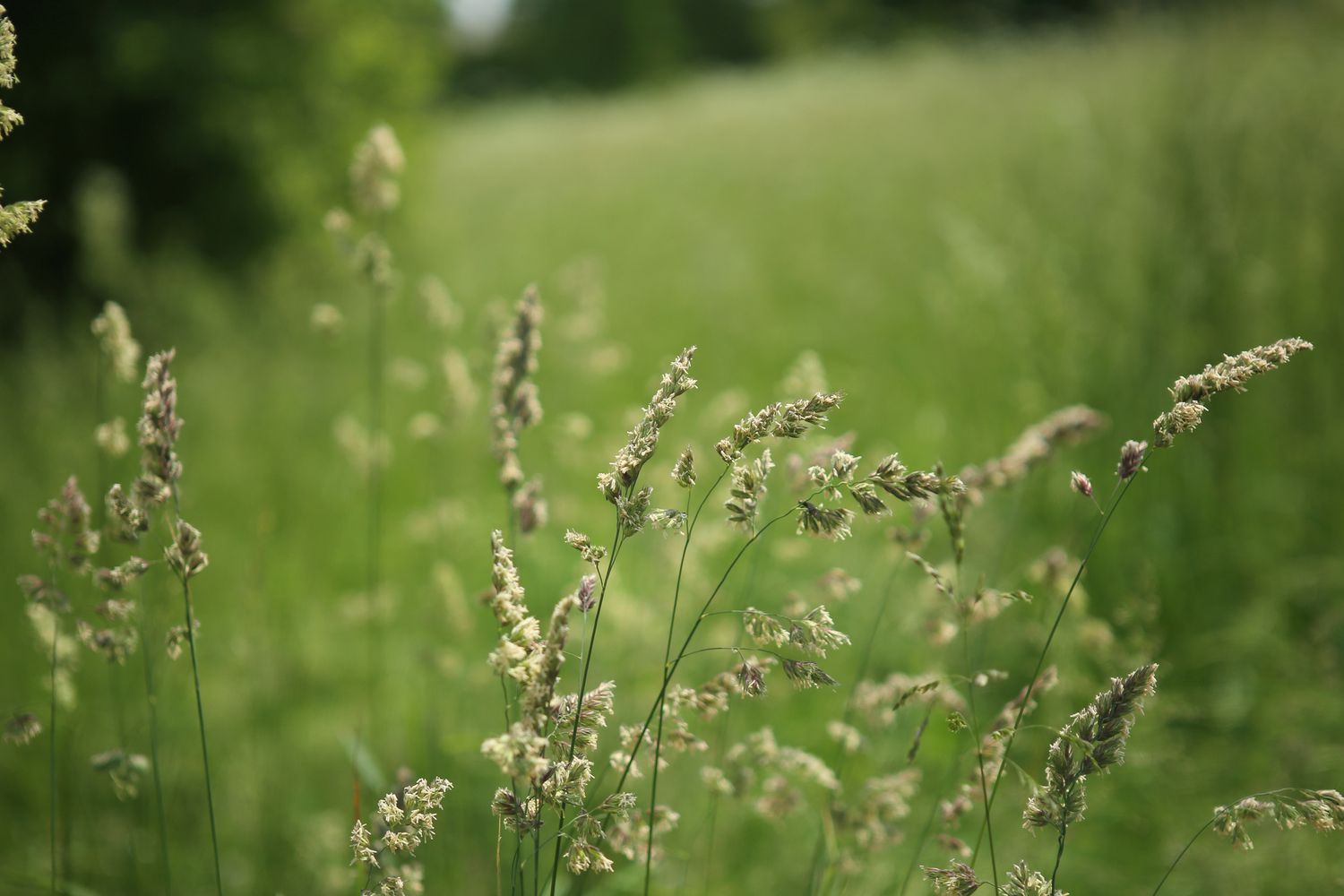

Landscaping Ideas
How Many Types Of Grass Are There In The World
Modified: February 18, 2024
Discover the diverse world of grass types for landscaping ideas. Explore the various species and find the perfect grass for your outdoor space.
(Many of the links in this article redirect to a specific reviewed product. Your purchase of these products through affiliate links helps to generate commission for Storables.com, at no extra cost. Learn more)
Introduction
Welcome to the wonderful world of grasses! When it comes to landscaping, grasses play a pivotal role in creating lush lawns, vibrant meadows, and stunning gardens. These versatile plants come in a wide array of types, each with its own unique characteristics and benefits. Whether you’re aiming to establish a low-maintenance lawn, add visual interest to your landscape, or support local wildlife, understanding the different types of grasses available is essential.
Grasses are not only visually appealing but also serve practical purposes such as soil stabilization, erosion control, and providing habitat for various species. From the sprawling plains of the savannah to the manicured lawns of suburban homes, grasses are ubiquitous and diverse, catering to a range of climates, soil types, and aesthetic preferences.
In this comprehensive guide, we’ll explore the fascinating world of grasses, delving into the various types and their unique characteristics. Whether you’re a landscaping enthusiast, a homeowner with a passion for gardening, or a nature lover keen on understanding the flora around you, this exploration of grasses will surely captivate your interest and expand your horticultural knowledge.
Key Takeaways:
- Grasses come in various types, each with unique characteristics and benefits, catering to different climates, soil types, and aesthetic preferences, making them essential for creating visually stunning and ecologically responsible landscapes.
- Understanding the diverse array of grass types empowers homeowners, landscapers, and conservationists to make informed choices that align with their specific goals and the environmental conditions of their regions, contributing to the beauty, functionality, and ecological integrity of outdoor spaces.
Read more: How Many Blades Of Grass In The World
Warm-season Grasses
Warm-season grasses are well-suited to regions with hot summers and mild winters. These grasses thrive in temperatures ranging from 80 to 95 degrees Fahrenheit and are known for their ability to withstand drought conditions. They are often the top choice for lawns in southern regions, thanks to their resilience in the face of intense heat and limited water availability.
One of the most popular warm-season grasses is Bermuda grass. This robust and fast-growing species forms dense, lush lawns and is highly tolerant of foot traffic, making it an ideal choice for active outdoor spaces. Another notable warm-season grass is Zoysia grass, prized for its exceptional drought tolerance and low maintenance requirements. Its fine texture and ability to establish a dense, attractive lawn make it a sought-after option for many homeowners.
Celebrated for its striking blue-green hue and excellent heat tolerance, St. Augustine grass is another prominent warm-season variety. This grass thrives in coastal areas and is well-suited to sandy soils, making it a popular choice for seaside landscapes. Additionally, Centipede grass is valued for its low maintenance needs and its ability to thrive in acidic soils, making it a preferred option for areas with less fertile ground.
Warm-season grasses are also commonly used in recreational and sports settings due to their durability and ability to recover quickly from damage. Their resilience and vibrant green color make them an ideal choice for golf courses, athletic fields, and parks in regions with warm climates.
Whether you’re seeking a grass variety that can withstand scorching temperatures, reduce water consumption, or create a visually appealing lawn, warm-season grasses offer a diverse range of options to suit your landscaping needs.
Cool-season Grasses
Cool-season grasses are well-adapted to regions with moderate temperatures and thrive in cooler climates with winters that are not excessively harsh. These grasses flourish in temperatures ranging from 60 to 75 degrees Fahrenheit, making them an excellent choice for lawns in northern regions and higher elevations.
One of the most popular cool-season grasses is Kentucky bluegrass, renowned for its lush, dense growth and rich green color. It is often used in temperate regions for its ability to create visually stunning lawns. Another widely favored cool-season grass is fescue, which comes in various types such as tall fescue, fine fescue, and creeping fescue. These grasses are valued for their adaptability to different soil types and shade tolerance, making them an excellent choice for lawns with varying light conditions.
Perennial ryegrass is another prominent cool-season grass known for its rapid germination and establishment, making it an ideal option for quickly enhancing the appearance of lawns. Its fine texture and vibrant green color add visual appeal to landscapes, making it a popular choice for residential and commercial properties alike. Additionally, bentgrass, with its fine blades and dense growth habit, is often used on golf courses and in ornamental lawns due to its ability to create a velvety, manicured appearance.
Cool-season grasses play a vital role in erosion control and soil stabilization, particularly in regions with cooler climates and ample precipitation. Their deep root systems help prevent soil erosion, making them valuable additions to landscapes in hilly or sloped areas. Furthermore, these grasses contribute to the aesthetic appeal of parks, campuses, and residential areas, providing a lush, verdant backdrop throughout the cooler months.
Whether you’re seeking a grass variety that thrives in cooler temperatures, offers excellent tolerance to shade, or contributes to soil conservation, cool-season grasses present a diverse array of options to elevate the beauty and functionality of your landscape.
There are over 10,000 types of grass in the world, including popular ones like Bermuda, Kentucky bluegrass, and St. Augustine.
Ornamental Grasses
Ornamental grasses are prized for their aesthetic appeal and versatility in landscaping. These grasses are valued for their striking visual impact, diverse textures, and graceful movement in the wind, adding depth and interest to gardens, borders, and naturalized landscapes. While they may not be the primary choice for traditional lawns, ornamental grasses play a crucial role in enhancing the beauty and character of outdoor spaces.
One of the most popular ornamental grasses is the fountain grass, known for its arching, feathery plumes that sway gently in the breeze. This grass adds a touch of elegance to gardens and is often used as a focal point or in mass plantings to create stunning visual effects. Additionally, the maiden grass, with its tall, graceful blades and silvery plumes, offers a dramatic and eye-catching presence, particularly when backlit by the sun.
Japanese blood grass, prized for its vibrant red foliage that intensifies in color as the season progresses, is another sought-after ornamental grass. Its striking appearance makes it an excellent choice for adding contrast and visual interest to gardens and landscapes. Moreover, the zebra grass, distinguished by its bold yellow stripes against deep green blades, brings a unique and captivating element to outdoor spaces, making it a favorite among landscape designers and gardening enthusiasts.
Ornamental grasses are also valued for their low maintenance requirements and ability to thrive in various soil types and light conditions. They are often used to create naturalistic landscapes, provide texture and structure to garden beds, and offer year-round visual interest. Whether as standalone features, border plantings, or components of mixed perennial gardens, ornamental grasses contribute to the dynamic and ever-changing tapestry of outdoor environments.
These grasses are also known for their ecological benefits, providing shelter and food for birds and beneficial insects. Their deep root systems aid in soil stabilization and erosion control, making them valuable additions to landscapes with challenging terrain. Additionally, their resilience and adaptability make them suitable for a wide range of climates and growing conditions.
Whether you’re looking to add movement, texture, or a touch of drama to your landscape, ornamental grasses offer an array of options to elevate the visual appeal and ecological value of outdoor spaces, making them indispensable elements in the world of landscaping.
Native Grasses
Native grasses play a vital role in supporting local ecosystems and are well-adapted to the specific environmental conditions of their native regions. These grasses have evolved alongside native flora and fauna, making them essential components of natural habitats and valuable additions to landscaping projects aimed at preserving biodiversity and promoting sustainability.
One of the most well-known native grasses in North America is switchgrass, valued for its resilience, adaptability, and ecological benefits. This tall, robust grass is a key component of prairie ecosystems and is highly effective in preventing soil erosion, making it an excellent choice for restoration projects and conservation efforts. Additionally, little bluestem, with its striking blue-green foliage that turns bronze in the fall, is a prominent native grass that provides habitat for wildlife and contributes to the visual appeal of natural landscapes.
Big bluestem, often referred to as “turkey foot” due to its distinctive seed heads, is another significant native grass that forms dense, clumping tufts and plays a crucial role in stabilizing soil and providing food and cover for wildlife. These native grasses are instrumental in creating and maintaining healthy, biodiverse ecosystems, making them invaluable for landscaping projects focused on ecological restoration and habitat enhancement.
Native grasses are also essential for supporting pollinators, such as bees and butterflies, by providing nectar and habitat. Their deep root systems improve soil structure, enhance water infiltration, and sequester carbon, contributing to the overall health and resilience of the environment. Moreover, these grasses are well-suited to local climate conditions, requiring minimal water and maintenance once established, making them ideal for sustainable landscaping practices.
By incorporating native grasses into landscape designs, land managers, conservationists, and homeowners can contribute to the preservation of regional biodiversity, create wildlife-friendly habitats, and reduce the need for excessive water and chemical inputs. These grasses also hold cultural significance, as they have been utilized by indigenous communities for food, shelter, and ceremonial purposes for centuries, adding a rich historical and ecological dimension to their presence in the landscape.
Whether you’re seeking to restore natural habitats, create wildlife corridors, or establish sustainable landscapes, native grasses offer a wealth of ecological, aesthetic, and cultural benefits, making them essential components of responsible and conservation-minded landscaping practices.
Read more: How Many Different Types Of Grass Are There
Conclusion
Grasses are undeniably foundational elements of landscapes, offering a myriad of benefits and contributing to the beauty, functionality, and ecological integrity of outdoor spaces. From the resilience of warm-season grasses to the visual appeal of ornamental varieties, the world of grasses encompasses a diverse array of options to suit a wide range of landscaping needs and preferences.
Understanding the characteristics and unique attributes of different grass types empowers homeowners, landscapers, and conservationists to make informed choices that align with their specific goals and the environmental conditions of their regions. Whether it’s creating a vibrant lawn, restoring natural habitats, or enhancing the visual interest of a garden, the selection of the right grass species is paramount to achieving successful and sustainable landscaping outcomes.
Furthermore, the ecological significance of grasses, particularly native varieties, cannot be overstated. These grasses play a crucial role in supporting local biodiversity, providing habitat for wildlife, and contributing to the overall health of ecosystems. By incorporating native grasses into landscaping projects, individuals can actively contribute to conservation efforts, promote sustainable land management practices, and foster a deeper connection to the natural world.
As we continue to navigate the dynamic and evolving field of landscaping, the appreciation for the diverse and invaluable contributions of grasses to outdoor environments grows. Whether it’s the practical functionality of cool-season grasses, the ornamental allure of decorative varieties, or the ecological benefits of native species, grasses remain essential components of sustainable and visually captivating landscapes.
Ultimately, the world of grasses invites us to embrace the intricate tapestry of nature, celebrate the resilience and adaptability of these plants, and recognize the profound impact they have on the health and beauty of our surroundings. With a deeper understanding of the myriad grass types and their roles in landscaping, we can embark on a journey of creating and nurturing outdoor spaces that are not only visually stunning but also ecologically responsible and harmonious with the natural world.
Frequently Asked Questions about How Many Types Of Grass Are There In The World
Was this page helpful?
At Storables.com, we guarantee accurate and reliable information. Our content, validated by Expert Board Contributors, is crafted following stringent Editorial Policies. We're committed to providing you with well-researched, expert-backed insights for all your informational needs.
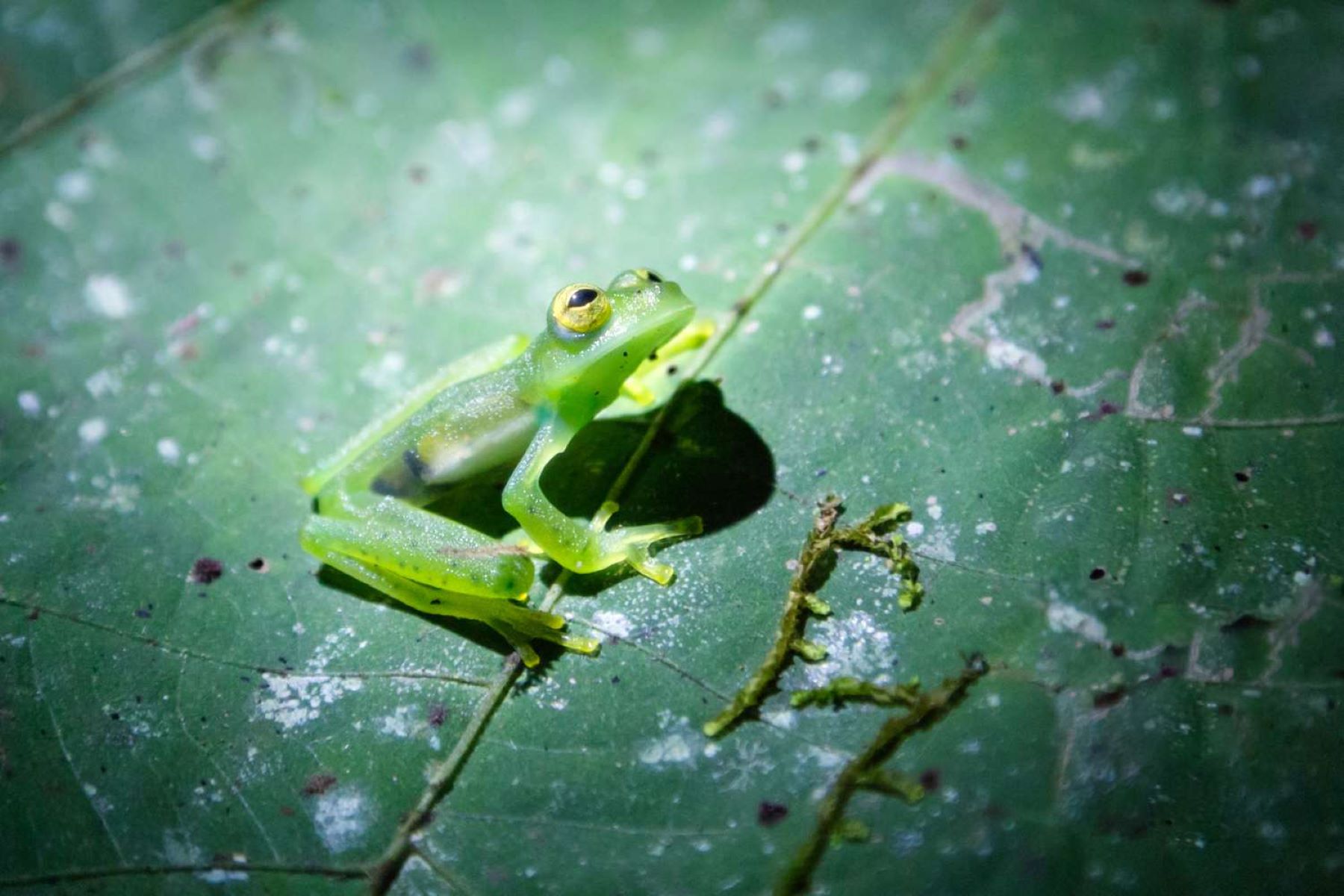
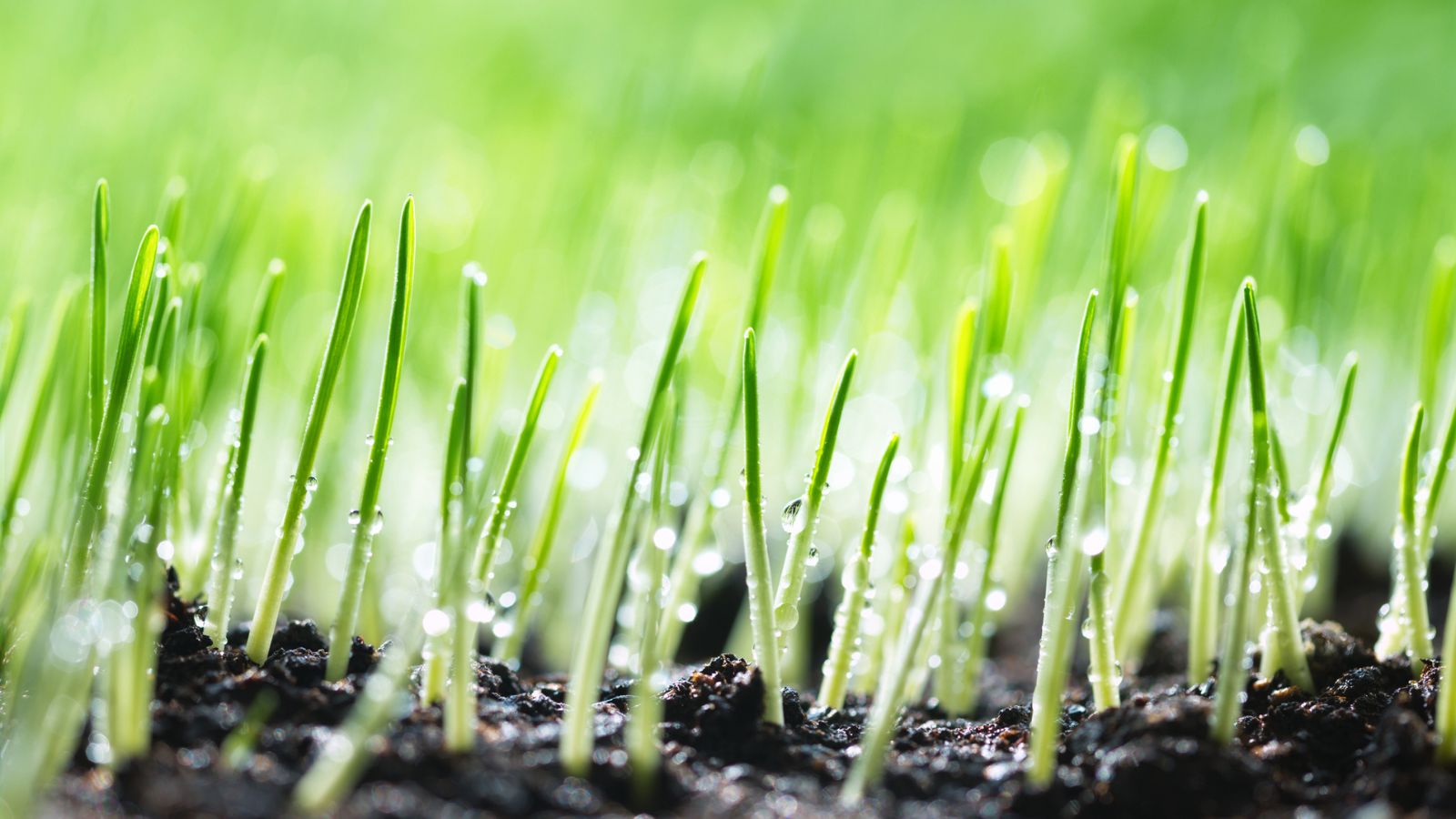

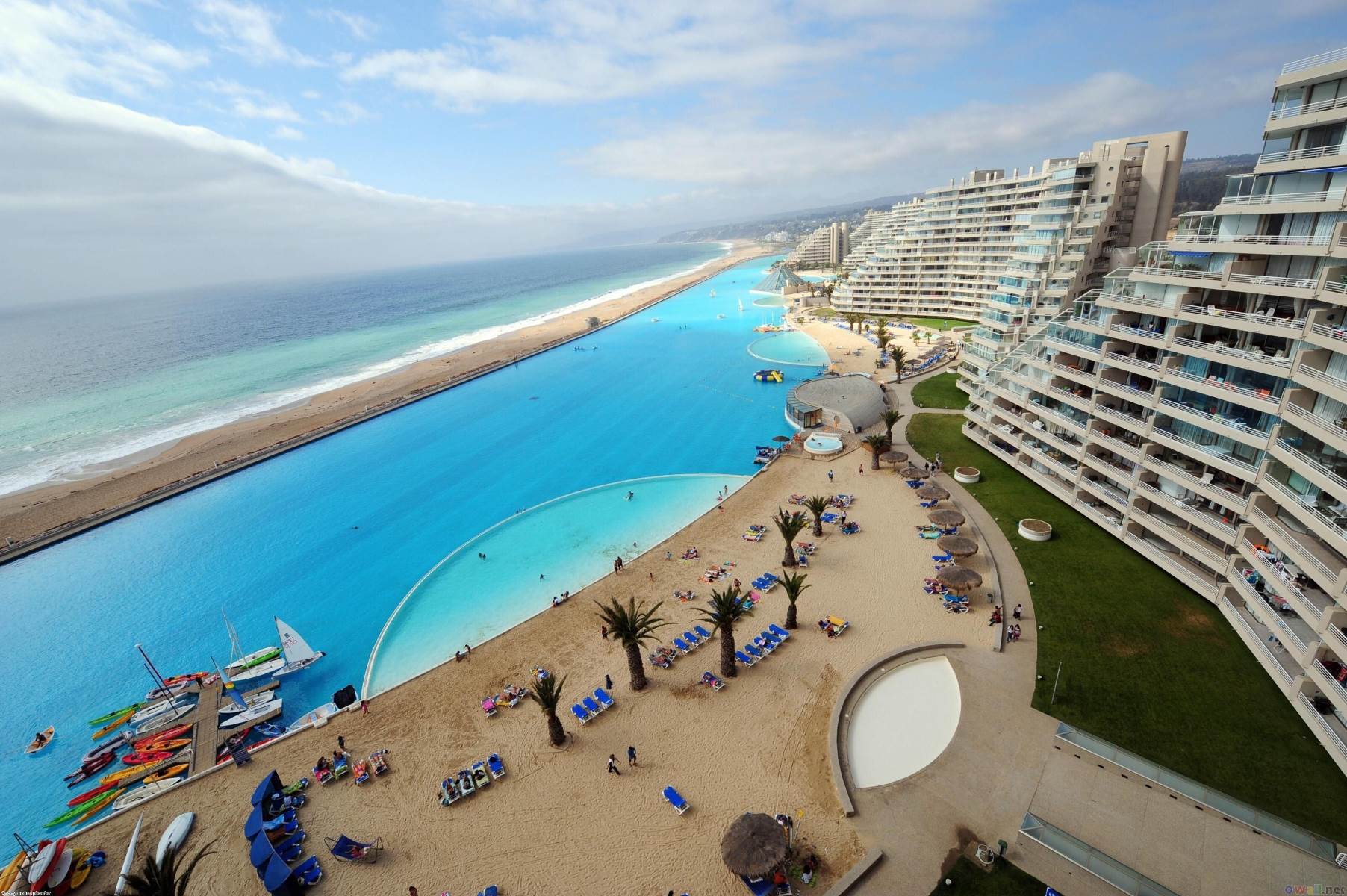






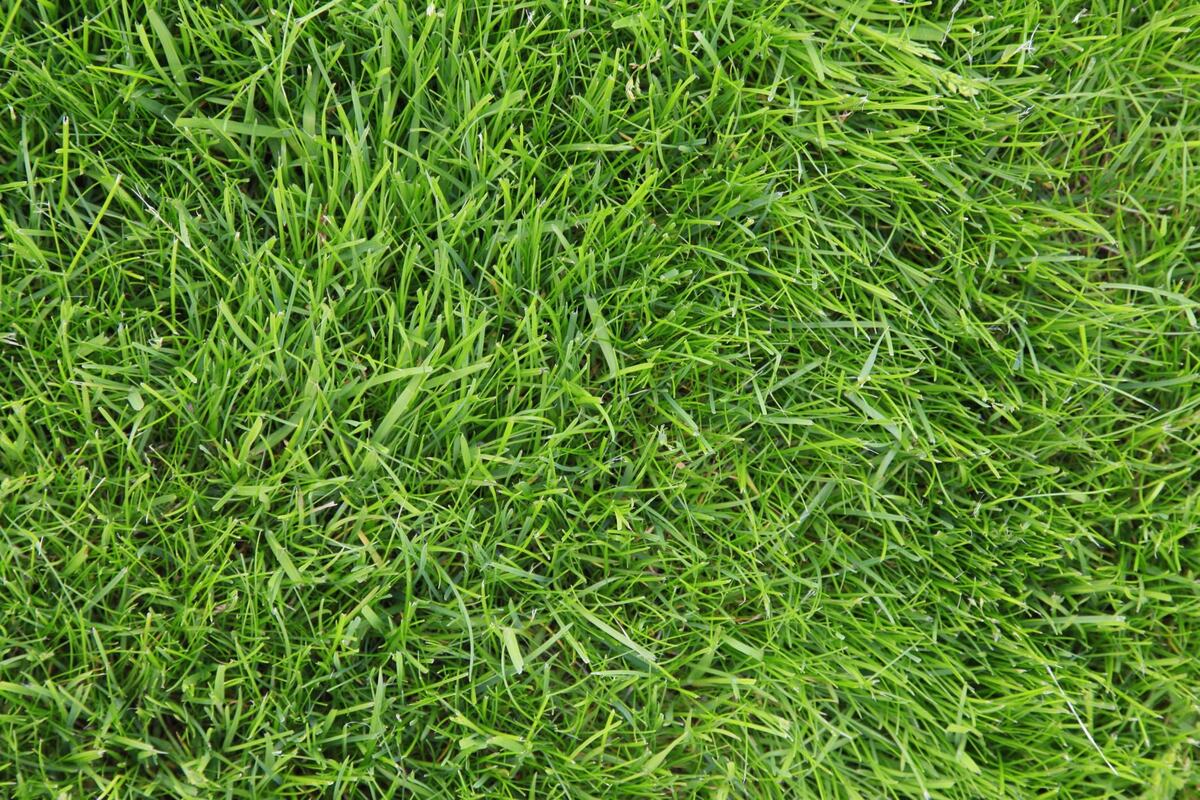
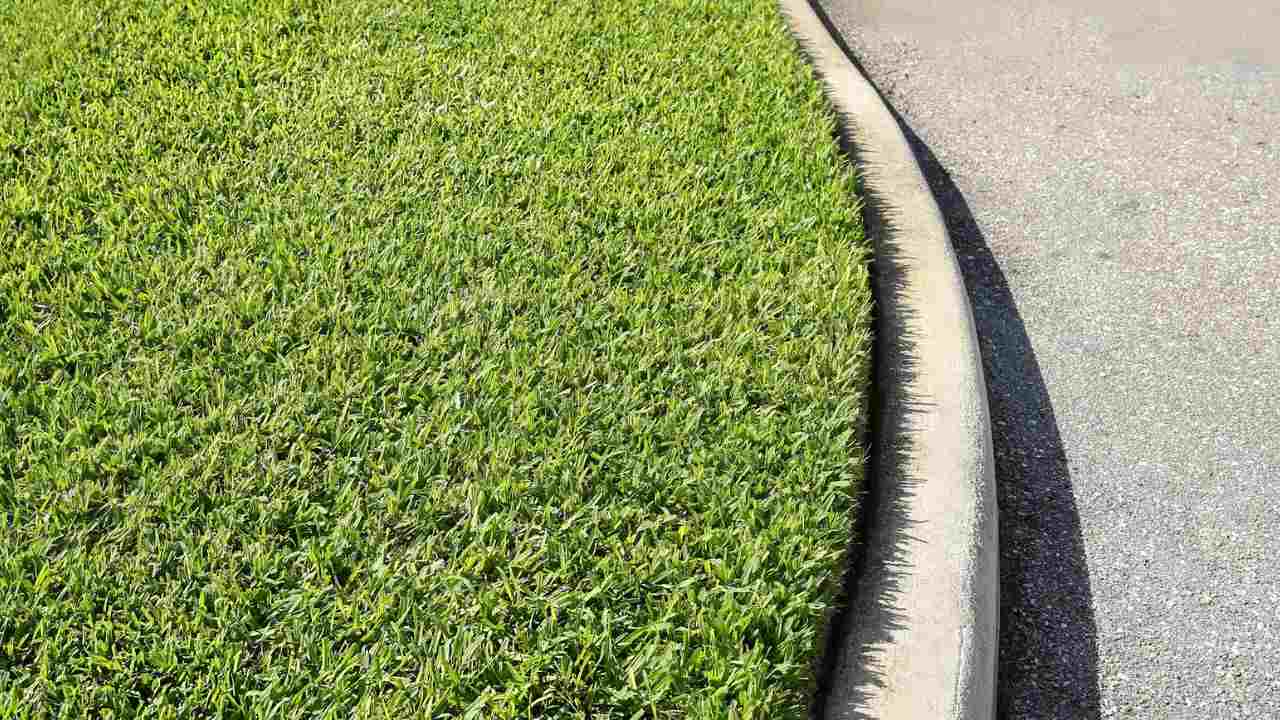



0 thoughts on “How Many Types Of Grass Are There In The World”